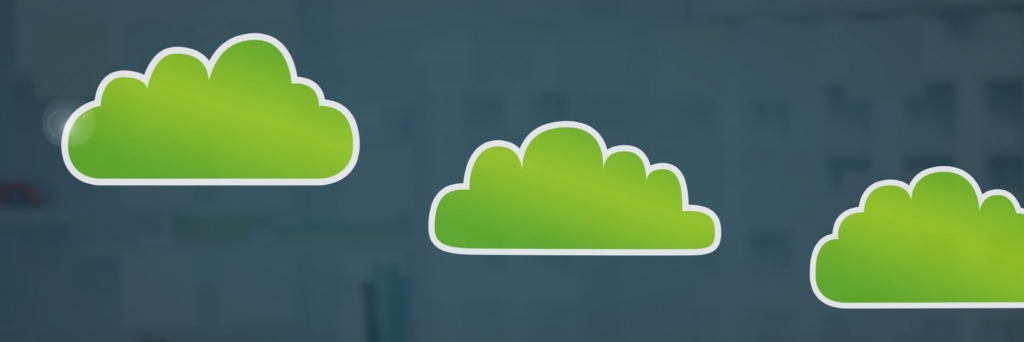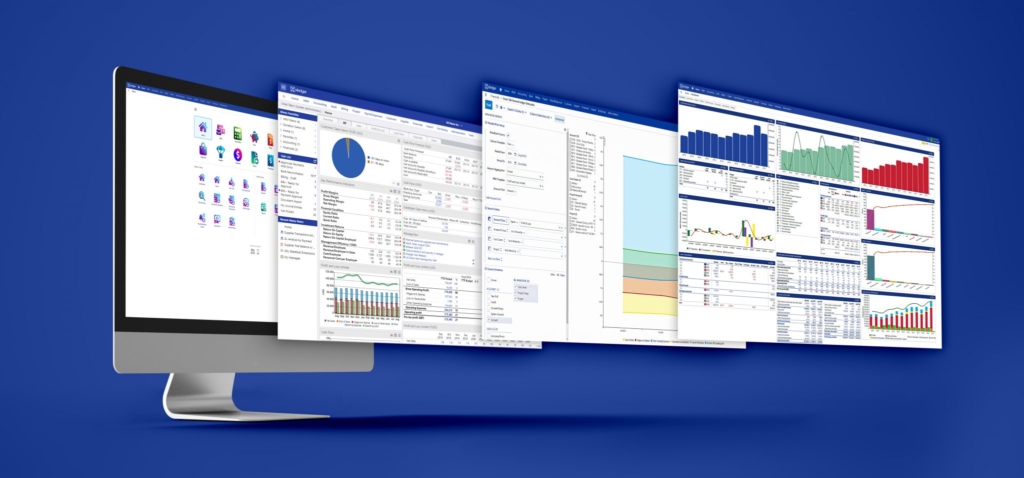Blogs
Why Public Cloud Doesn’t Mean Eco-Friendly, and How You Can Find a Sustainable Finance Solution

Is it greenwashed or sustainable?
When Tesla founder Elon Musk decried Bitcoin for its environmental impacts, financial leaders took notice. One transaction of the cryptocurrency consumes more power than the average household does in a month. Total Bitcoin mining consumes more energy per year than the entire nation of Sweden.
Cryptocurrencies are not the only digital product to come under heightened environmental scrutiny. As digital transformation accelerates, organizations have turned from asking whether cloud technologies can promote eco-friendliness (reflecting a growing consensus that they can) to asking which cloud will actively maximize it.
Yet most providers claim to be both ‘true cloud’ and ‘eco-friendly.’ Especially in the market for financial software, the number of ‘true,’ ‘green,’ ‘public’ cloud providers has exploded.
But while terms have stretched, technical realities have not. Decision-makers can still rely on key differences to tell environmental promise from mere greenwashing. Because in the cloud world, eco-friendliness and efficiency go hand-in-hand. By searching for one, executives will likely find the other.
One note: this piece is largely for those in technical or decision-making frameworks. If this does not describe you, please have patience as we address a difficult but essential factor.
-
Two Definitions to Start
The Cloud. The cloud refers to a computing architecture in which one provider serves multiple customers as ‘tenants’ on a single logical instance of its solution. Providers use virtualization to minimize the number of data centers required. Theoretically, environmental impacts should plunge as both provider and customers experience untold gains in efficiency, effectiveness, cost savings, and scalability.
Public Cloud. Public cloud solutions serve multiple customers on each instance of the software. Given that virtualization and multi-tenancy define the cloud, the public cloud is the cloud. However, only in the rarest of cases does a single provider host all customers on the same instance. This ‘pure’ multi-tenancy represents the Holy Grail of the cloud model.

-
Factors of Environmental Harm
Executives should regard each hosting model as imposing restrictions on a provider’s eco-friendliness. Any model that requires individual data centers per customer or links public and on-premises platforms will tightly limit sustainability.
But even the model of the public cloud includes a spectrum of differences. Recognizing that the issue deserves vastly more subtlety, executives can still consider three dimensions of impact: Hardware, Software, and Provider.
Hardware. Coal powers most of the world’s electricity. Computing hardware demands rare earth minerals and strains chip shortages. Data centers consume both. Discarded hardware creates e-waste, which few providers take the trouble to dispose of appropriately.
Software. Data centers run databases. As a provider adds customers and tables, databases tend to bloat. Eventually, bloated databases outgrow existing data centers and strain even the virtualized capabilities of the public cloud. Even as each device’s storage capacity expands, the provider’s storage needs to expand faster.
Provider. Within the public cloud, providers maintain different tenancy ratios. A tenancy ratio refers to the number of customers that a provider can host per instance (here ‘database’). Most multi-tenant providers can host a hundred or up to a few thousand customers with each logical instance. As databases bloat and data requirements expand, the provider faces three options: 1) They can hew to the pure public cloud, facilitating growth by reengineering their database and rewriting their programs. 2) They can spin clumps of customers into separate databases (‘instances’), gradually reducing their tenancy ratio and technical economies of scale. Tenancy ratios often drop from ten thousand to five thousand, five thousand to one hundred, and lower. Option 2 usually requires that 3) the provider adds new racks of hardware and, eventually, builds new data centers.
One of the market’s largest cloud finance providers has opted for 2) and 3). When customers pass a certain transaction volume, this provider gives them their own database. If the customer continues growing, the provider mandates dedicated server racks and, eventually, a single-client data center. Tens of thousands of databases mean hundreds of data centers worldwide. So, although this provider touts themselves as ‘eco-friendly,’ they boast a sizable and growing ecological footprint with rising opportunity costs for consumers.
Providers also differ by the business model. A cloud vendor that moves quickly and aims for or has recently secured acquisition will necessarily care less about their ecological impact than one that seeks long-term profitability.
-
Indications of an Eco-Friendly Solution
Based on the scenario just outlined, executives can begin composing a list of eco-friendly indicators. Such a list could include:
Maximal multi-tenancy. The provider should maintain as many customers per-instance as possible. While understanding that few exist, executives should search for a provider that maintains full multi-tenancy: all customers on the same software instance.
Minimal and renewably powered data centers. The search committee should look for a provider that builds the absolute minimum in data centers. Ideally, this provider will also power its data centers using solely renewable energy sources.
A commitment to database maintenance. If a provider has prioritized database economy, then it should be possible for its database to have declined in size while increasing in power.
Decision-makers should also add e-waste disposal practices, the provider’s history of acquisition, and the sustainability of existing data centers to their list of criteria.
Unlike most cryptocurrencies, the public cloud platform holds enormous promise for building a sustainable future. Yet executives rightly question its impacts. A close examination finds that extremely few providers can fulfill its potential, either for efficiency or eco-friendliness.
These two relate closely: the most environmentally responsible cloud solution also yields the greatest cost benefits.
Xledger
Xledger empowers organizations across sizes and sectors with the market’s most automated finance management solution. We join maximal efficiency to minimal environmental impact. Xledger is fully multi-tenant, serving tens of thousands of customers on the same software instance. We build as few data centers as possible, and then only with green building materials and in regions powered by renewable energy. From day one, we have prioritized database maintenance. With every release, we have reduced storage needs and optimized data types until, today, Xledger’s database is smaller, faster, and more powerful than ever before. From responsibly disposing of e-waste to remaining profitable, Xledger stands committed to sustainability in every dimension of its business.


